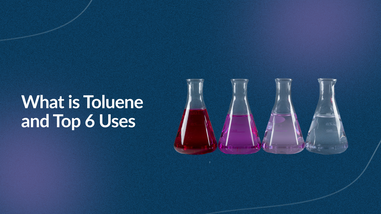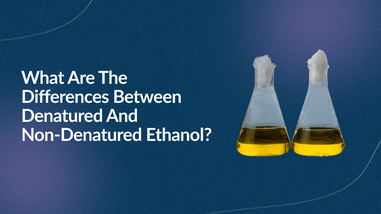- No products in the cart.
Critical cleaning is an essential process in many different industries. There are so many different cleaners on the market sometimes it’s hard to know which cleaner to use for what purpose. Here’s a breakdown of Liquinox and Citranox to help you decide which one better suits your needs.
What type of detergent is Citranox?
Citranox is a liquid acid cleaner and detergent that is used as a multi-purpose cleaner. This phosphate-free concentrated cleaner and metal brightener is used for the high-performance removal of salts, scale, metal oxides, milkstone, metal complexes, soil, grit, grime, buffing compound, grease, fat, oil, solvents, particulates, deposits, chemicals, and inorganic residues.
The biodegradable solution acts as a great cleaner because it’s free-rinsing, corrosion-inhibited, and doesn’t leave behind any residue. Citranox is optimized for trace metal analysis.

Citranox is a pale yellow liquid that is completely soluble in water. It contains a blend of chemicals such as alkanolamines, anionic & non-ionic surface-active agents, and organic acids.
What is Citranox used for?
Citranox is a manual or ultrasonic cleaner that is used to clean various components, parts, and equipment. It’s used to clean reactors, boilers, tanks, pipes, industrial parts, castings, stampings, metal forgings, cosmetic manufacturing equipment, pharmaceutical equipment, electronic components, optical parts, clean room, lab stills, sampling apparatus, lab ware, and dairy equipment.
Citranox also cleans various surfaces. These surfaces include stainless steel, porcelain, ceramic, glass, metal, rubber, plastic, and fiberglass. If rinsed immediately, it can be used on soft metals. These soft metals include magnesium, zinc, aluminum, bronze, and copper.
Citranox can be used to clean by wiping, soaking, circulating, or using the ultrasonic method. For more difficult stains and soils, you can increase the water temperature and add more detergent and always rinse thoroughly. For critical cleaning, rinse in distilled, purified, or deionized water. Any surfaces that have contact with food should be rinsed with potable water.
Always wear protective eyewear and gloves when using and check out the safety data sheet before using.
What type of detergent is Liquinox?
Liquinox is a concentrated anionic liquid cleaner that is formulated for either ultrasonic or manual use. It consists of a blend of ethoxylated alcohol, alkanolamide, sodium xylene sulfonate, and sodium linear alkyl aryl sulfonate. It’s free rinsing, which means that it doesn’t leave any residue, so it provides reliable results. Liquinox is very mild and is a good replacement for hazardous solvents and corrosive acids. It’s soluble in soft and hard water, biodegradable, and phosphate-free. It also prevents bacterial growth, but is not a disinfectant. Liquinox can be used to pass cleaning validation tests for plant inspection approval and for lab accreditation.
What is Liquinox used for?
Liquinox is used to clean various instruments and equipment. Liquinox started out mainly being used in medical labs, but has since branched out to many other fields and is designed for a wide range of applications. These include lab equipment, healthcare instruments, personal protective equipment, tissue culture ware, reactors, tanks, pipes, industrial parts, forgings and stampings, metal castings, cosmetic manufacturing equipment, pharmaceutical apparatus, electronic components, optical parts, medical devices, clean rooms, wine glasses, tubing, catheters, and vacuum equipment.
Liquinox is used to remove grit, grime, soil, grease, blood, oil, slime, chemicals, solvents, tissue, deposits, and particulates on surfaces such as glass, stainless steel, porcelain, metal, plastic, cement, fiberglass, and ceramic. If rinsed immediately, it can be used on soft metals such as aluminum, copper, zinc, and magnesium. It also can be used for art restoration.
As with Citranox, always check out the safety data sheet before using.
Is Citranox the same as Liquinox?
While Citranox and Liquinox are both foaming, liquid concentrate detergents, they are not the same. There are differences between the two. Liquinox has a neutral pH of around 8.5 while Citranox has a pH of 2.5. Liquinox removes inorganic residues by dispersing and Citranox has a surface-active agent that emulsifies oily and organic residues. When choosing between the two detergents, it comes down to the type of predominant residue. Citranox is better at cleaning predominantly inorganic residue.











































